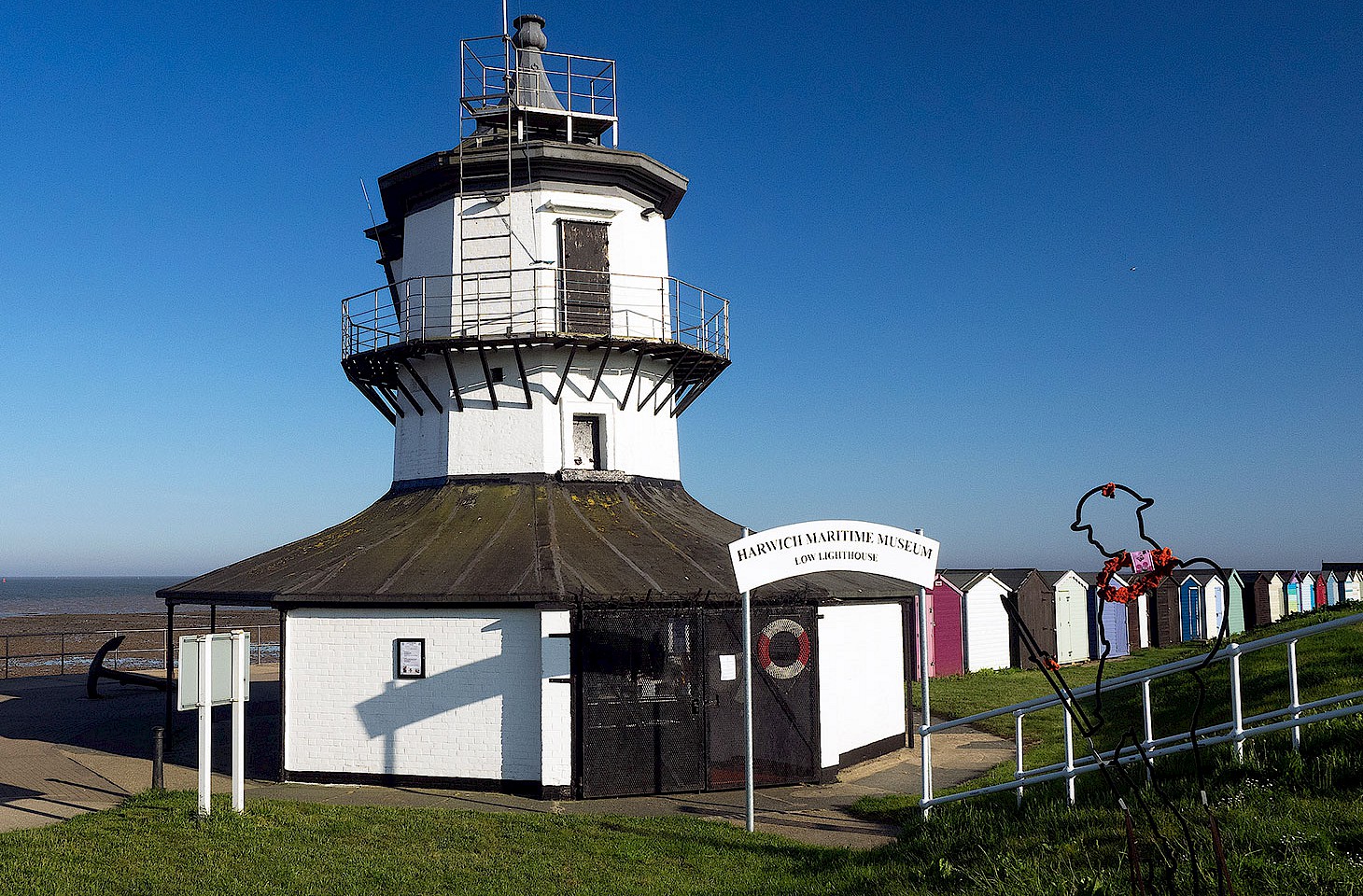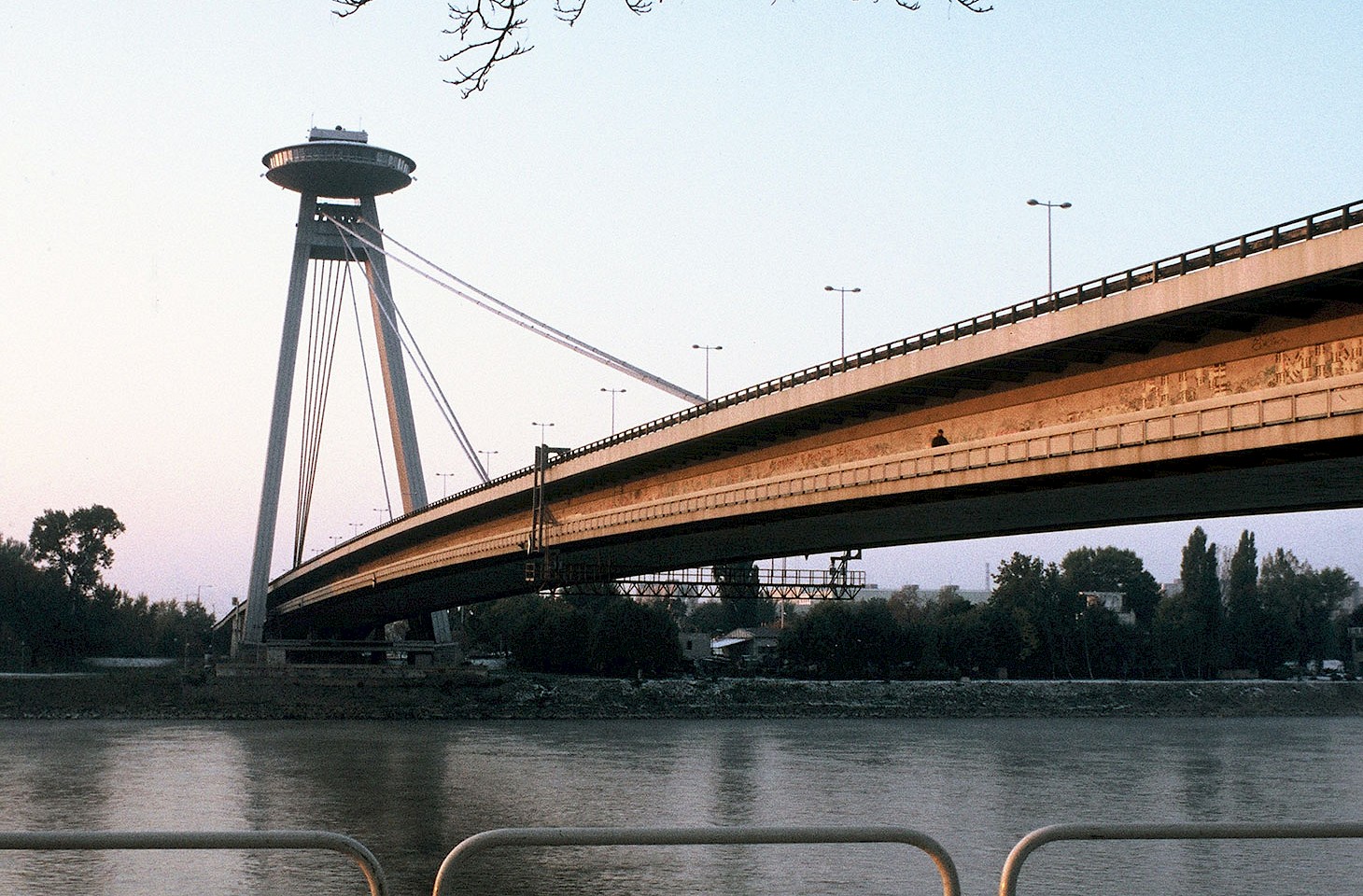Opponents of globalisation are quick to highlight its deleterious effects on local communities. Yet in successive issues of hidden europe, we have consistently reported from remote spots which thrive locally in the global economy. The digital economy does not exclusively favour cities; remote, rural communities can often teach us a thing or two about entrepreneurialism and competitiveness. Life on the edge does not mean life in a backwater.
Globalisation is easy to understand. The sharing economy is less so. What at one moment seems to be altruism shades quickly into greed. Connecting “I want” with “I have” seems like a smart idea, but it raises tensions. Uber tussles with the taxi lobby. But often the demarcation lines are more complicated. Airbnb finds itself confronting big hotel chains. That’s no surprise. But Airbnb is also opposed by community groups looking to share their apartment blocks and city streets with settled neighbours rather than transient strangers.
We have always seen hidden europe as more than merely a travel magazine. We have championed local interests without endorsing parochialism. And in this issue of hidden europe we celebrate local interests and local concerns as we share samosas on the football terraces in Bradford, spend an afternoon by a lake in Turkey and visit island communities in Sweden and Denmark. We discover a small town in Serbia in autumnal mood and meet a Sardinian beekeeper.
We offer our thanks to the four guest writers who have contributed to this issue of hidden europe. Emma Levine, Laurence Mitchell and Chris Deliso have all written before for the magazine. Jan Fuscoe writes in this issue for the first time.
A vote of thanks is also due to our loyal readers and particularly to subscribers, many of whom have been supporting hidden europe for over a decade. This month, we venture into new territory, with the first full-length book appearing under the hidden europe imprint. It’s the 15th edition of a title with which we’ve long been associated: Europe by Rail. Until now, it was handled by other publishers. But now we’ve taken it in-house. Europe by Rail: The Definitive Guide is published in November 2017, and is available in all good bookshops. For readers of hidden europe, we’ll be pleased to supply signed copies which can be purchased via our website or by contacting us directly.
We wish all our readers a relaxing break over the upcoming Christmas and New Year holidays. We shall be back with more tales from hidden Europe in 2018.
Susanne Kries & Nicky Gardner
Editors
Stein am Rhein, Switzerland
November 2017




